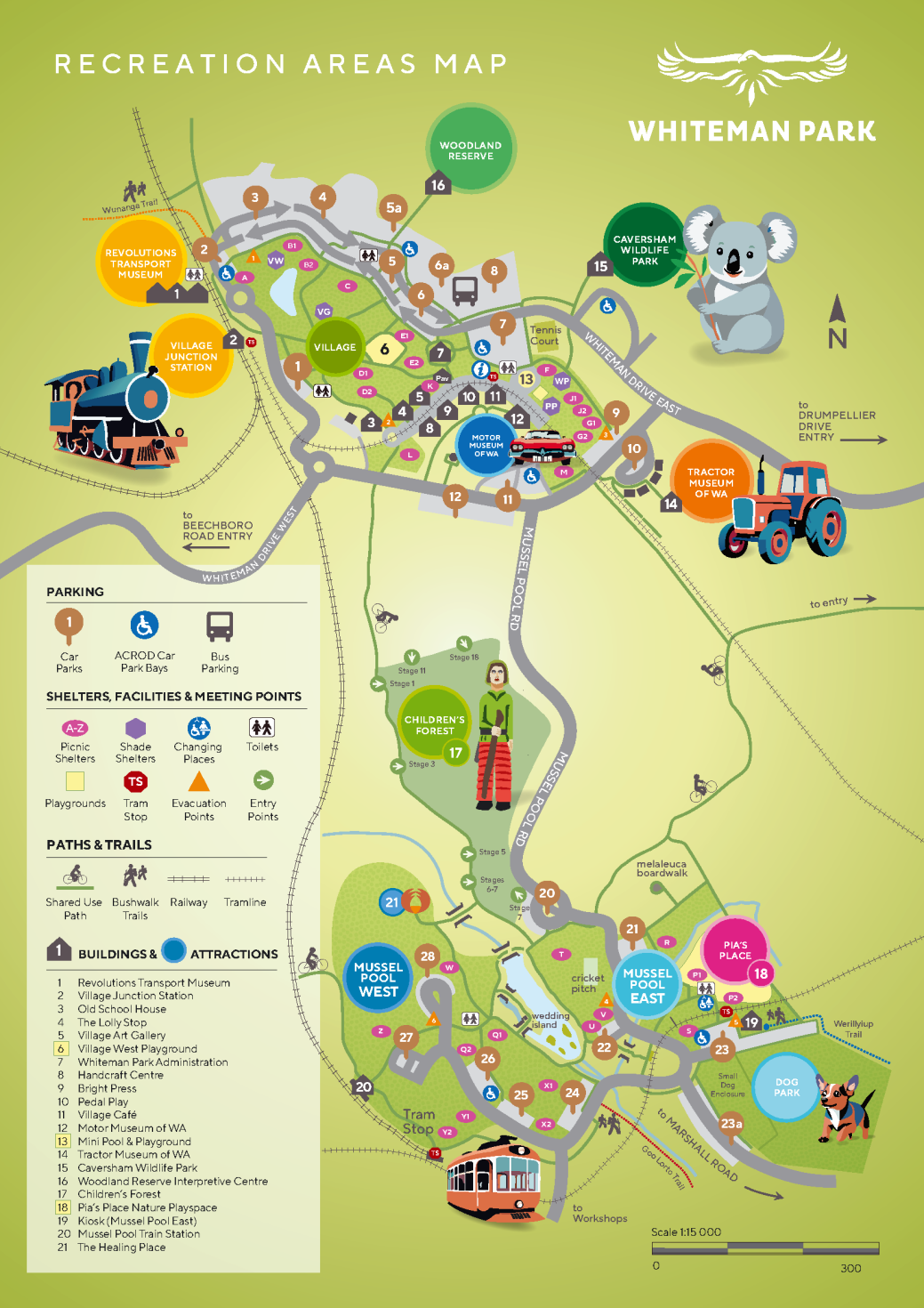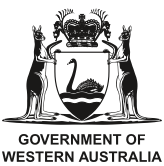Turtle frog
Myobatrachus gouldii
Named for their resemblance to a baby turtle - albeit without a shell - these frogs don’t tend to spend any time in or around water. Instead, turtle frogs spend most of their time underground, burrowing headfirst into the sandy soils in banksia woodlands like ours.
At just 5-7cm in length, these small, naked-looking frogs aren’t seen much due to their underground lifestyle. The turtle frog is usually only seen if unearthed when digging into the soil or on rare occasions underneath the decaying logs, likely as they feast on their preferred diet of termites.
They can be heard calling during breeding season though, which typically occurs after summer rain.
FAUNA PROFILE
| Family | Myobatrachidae |
| Scientific name | Myobatrachus gouldii |
| Noongar name | kooyar |
| Common name | turtle frog |
| Conservation status | Least Concern - stable |
| Habitat | woodlands |
Want to learn more about the turtle frog?
Visit the WA Museum Frog Watch website to listen and learn more:
This turtle frog pictured was one of a range of species caught during 2024 pit-trap fauna surveys, with thanks to Curtin University student Ella, who was assisting our ecologists undertaking the survey.
It is important to note that you should avoid touching or holding frogs, which may damage their sensitive skin. Our team only do so where there is an immediate threat to the individual frog, and all care is taken when handling.


